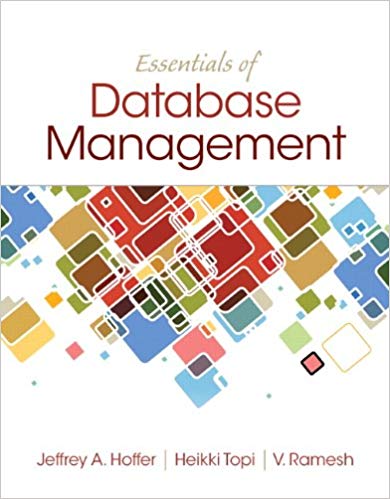Question
Record your answers using a different color font . Upload as a .doc or .docx format. Remember to save your document before you begin. Step
Record your answers using a different color font. Upload as a .doc or .docx format. Remember to save your document before you begin.
Step A Programs their purposes and Package Mgt.
- On your Pi or in your VM, [Raspbian OS] Drag your mouse pointer down the Launcher panel icons, resting on each icon until its name appears, to determine what office tool package this distribution uses in the GUI (check one).
GNOME Office _____ Calligra _____ Apache OpenOffice _____ LibreOffice _____
- Exploring Network and Package Management Applications (Objective 1.2)
Navigate to your favorite search engine. Type in What is a LAMP stack
Read the material (or a website) that is listed and answer the following question: What does the LAMP acronym stand for? Record your answer below:
- Navigate to your favorite search engine and type in Raspbian Package Management.
Based upon what you read, which of the following package management tools does Raspbian use? dpkg _____ apt-get _____ rpm _____ yum _____
- Go back to your favorite search engine and type in Fedora package management
Based upon what you read, which of the following package management tools does Fedora use? dpkg _____ apt-get _____ rpm _____ yum _____
- Using apt-get - At the terminal prompt type: sudo apt-get moo
What happened? _________________________________
- Now for some more Easter egg fun. Type the following commands at the prompt and note the responses.
Remember the up arrow repeats the command, just like in DOS. Note: these commands may not work in VM versions. It will work on a Pi. If running VM, please note that. Those running VM, try the command: ip moo, and note what it does below.
If you receive the error bash: aptitude: command not found, you will need to install aptitude. To do this, type sudo apt-get install aptitude at the terminal prompt.
- aptitude moo ________________________________________________________
- aptitude v moo ______________________________________________________
- aptitude vv moo ______________________________________________________
- aptitude vvv moo ______________________________________________________
- aptitude vvvv moo ______________________________________________________
- aptitude vvvvv moo ______________________________________________________
- aptitude vvvvvv moo ______________________________________________________
Step B - Hardware information, Terminal - In the Terminal, type in the following commands and note the output. [Be mindful of grammar and spelling]
- lscpu.
- The lscpu command reports information about the CPU and processing units. What was the output of this command?
- df
- Reports various partitions, their mount points and the used and available space on each. What was the output of this command?
- free m
- Check the amount of used, free and total amount of RAM on system with the free command. What was the output of this command?
- lshw [must install first]
- The lshw command is, as a matter of fact, a small, but significant tool that gives you a chance to extract detailed info on your hardware configuration of the machine you use with Linux OS. Before we can use this command, we need to install it.
- To install, at the terminal prompt: sudo apt-get install lshw
- Run the command: sudo lshw. What was the output of this command?
- The lshw command is, as a matter of fact, a small, but significant tool that gives you a chance to extract detailed info on your hardware configuration of the machine you use with Linux OS. Before we can use this command, we need to install it.
- uname m -
- What was the output?
- lsblk
- What is the size of the root mount point?
- top
- What is the Process I.D. of top? ____________ % of Mem used by top? _____
- uptime
- How long has it been up? ______________ How many users? ______________lsb
- lsb_release -a
- What is the codename of the release? ________________________
- What is the description? ____________________________________
Step C Hardware, Desktop Environment: GUI
Try to find some of the information you found in Step B, using GUI. Can you find how much memory your Pi has with Gui? Can you find information about your CPU?
_________________________________________________________
In your opinion, which was easer and or faster to use? GUI or the Terminal Commands?
________________
Step by Step Solution
There are 3 Steps involved in it
Step: 1

Get Instant Access to Expert-Tailored Solutions
See step-by-step solutions with expert insights and AI powered tools for academic success
Step: 2

Step: 3

Ace Your Homework with AI
Get the answers you need in no time with our AI-driven, step-by-step assistance
Get Started


